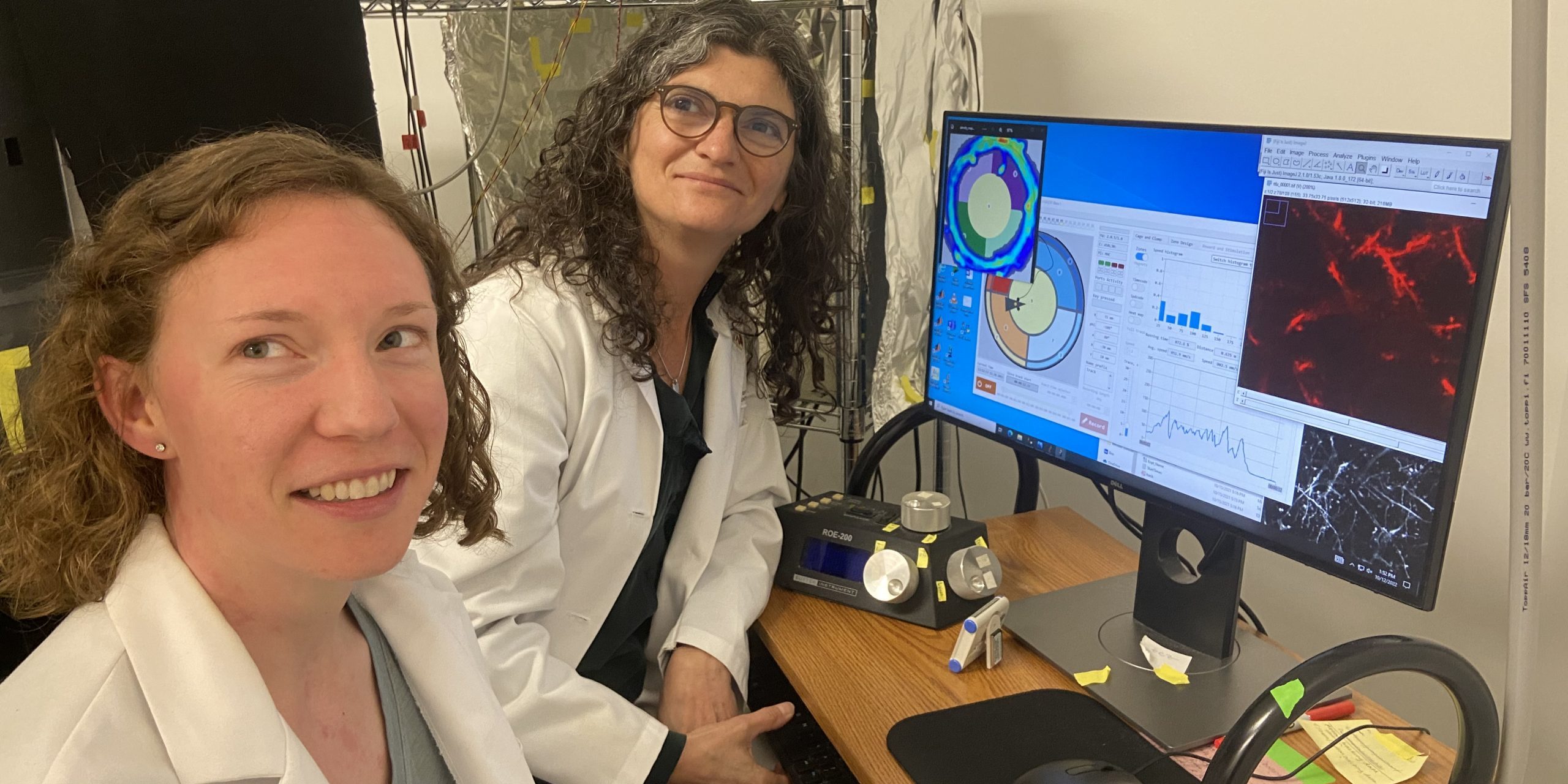Astrocyte Contribution to Sensory Hypersensitivity in Fragile X Syndrome

Principal Investigator
FRAXA Fellow
Omaha, NE
Summary
Most Fragile X research has focused on one type of brain cells: neurons. But mounting evidence point to problems with astrocytes, star-shaped cells which are vitally important to normal brain function. This team is working to understand how astrocytes are involved in Fragile X and develop treatment approaches that targets astrocytes alone.
The Science
A common, but understudied, characteristic of Fragile X syndrome is exaggerated response to sensory input, including loud sounds and touch. Data from our lab and others have demonstrated that mice lacking the Fmr1 gene are hypersensitive to sound and touch. We assess auditory hypersensitivity in mice by testing for susceptibility to audiogenic seizures (AGS), which are seizures that occur following exposure to a loud siren. To assess tactile hypersensitivity, we use a whisker stimulation paradigm, in which greater avoidance behavior following repeated whisker stimulation indicates tactile hypersensitivity.
Using additional mouse models for Fragile X syndrome, in which the Fmr1 gene is selectively deleted or expressed only in astrocytes, a type of brain cell, we will investigate how astrocytes contribute to sensory hypersensitivity.
Astrocytes have distinct properties, including the ability to respond to and regulate other cells in the brain, making them likely mediators of several behaviors associated with neurodevelopmental disorders. One way astrocytes perform their functions is through calcium signaling. Changes in calcium concentrations within the cell serve to integrate and process information from signals outside the astrocytes. Our preliminary data indicate that astrocytes in mice lacking Fmr1 have abnormal calcium signaling and that normalizing calcium signaling prevents audiogenic seizures.
In this project, we will test if abnormal astrocytic calcium signaling also mediates tactile hypersensitivity. Our ultimate goal is to identify targets for treatment of Fragile X syndrome. We have demonstrated that blocking protein synthesis in mice with astrocyte-specific deletion of Fmr1 prevents AGS. We will identify proteins that could be mediating this and in this way identify additional targets with therapeutic potential.
Publication jan 2023: Dysregulated cholesterol metabolism, aberrant excitability and altered cell cycle of astrocytes in fragile X syndrome

